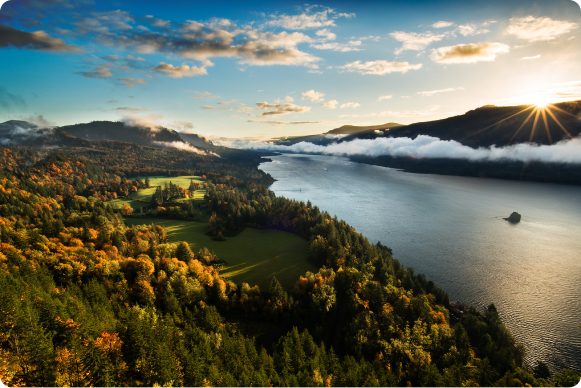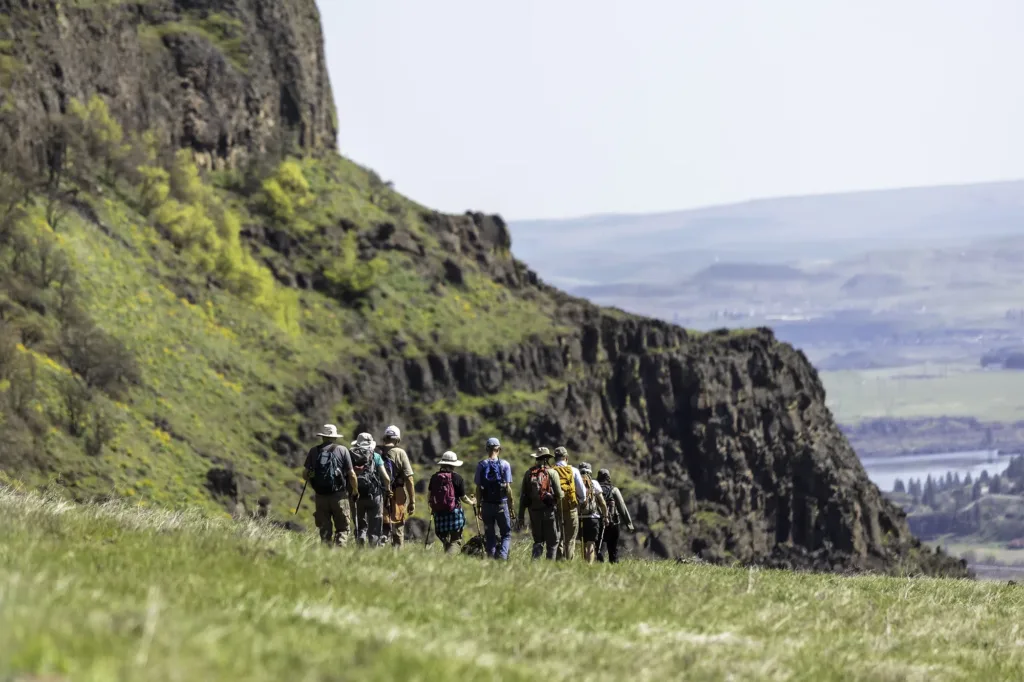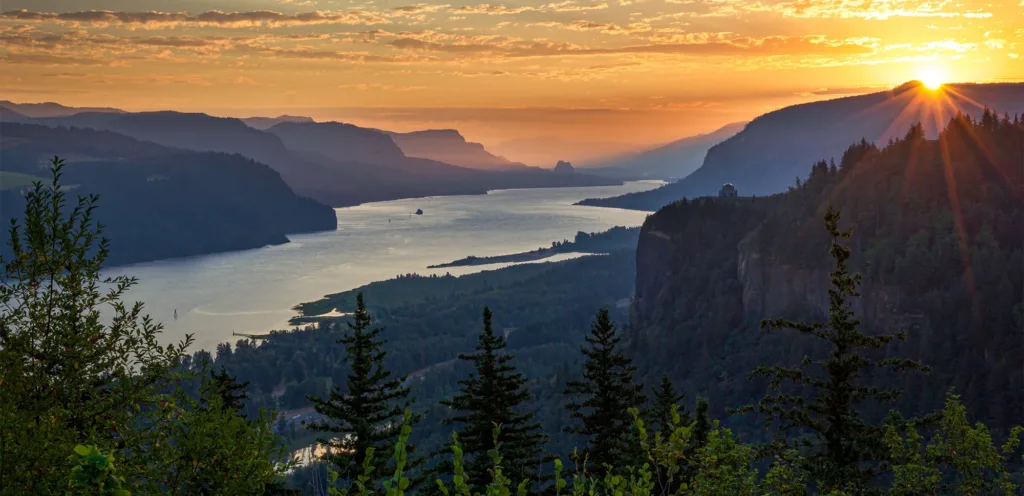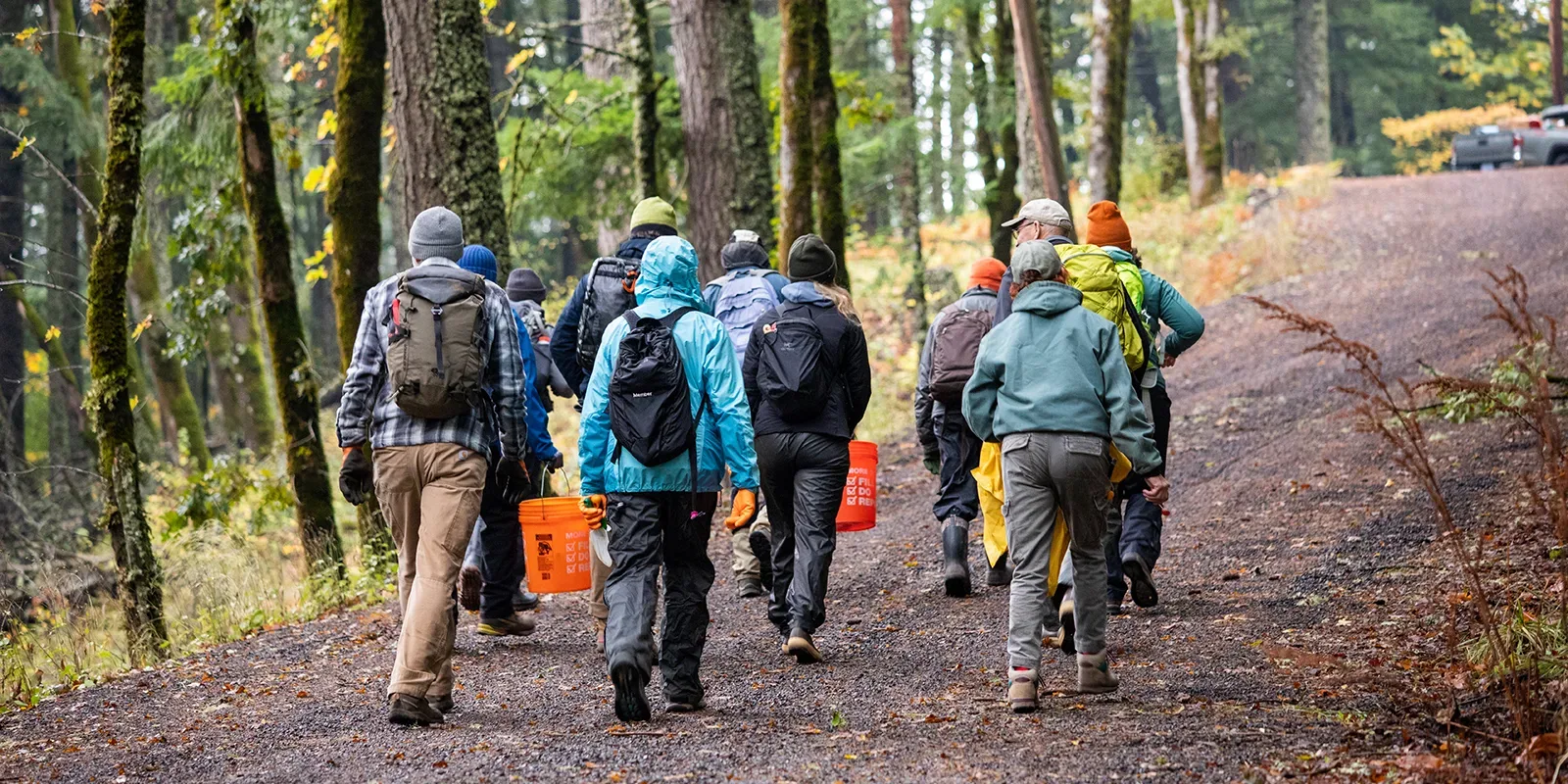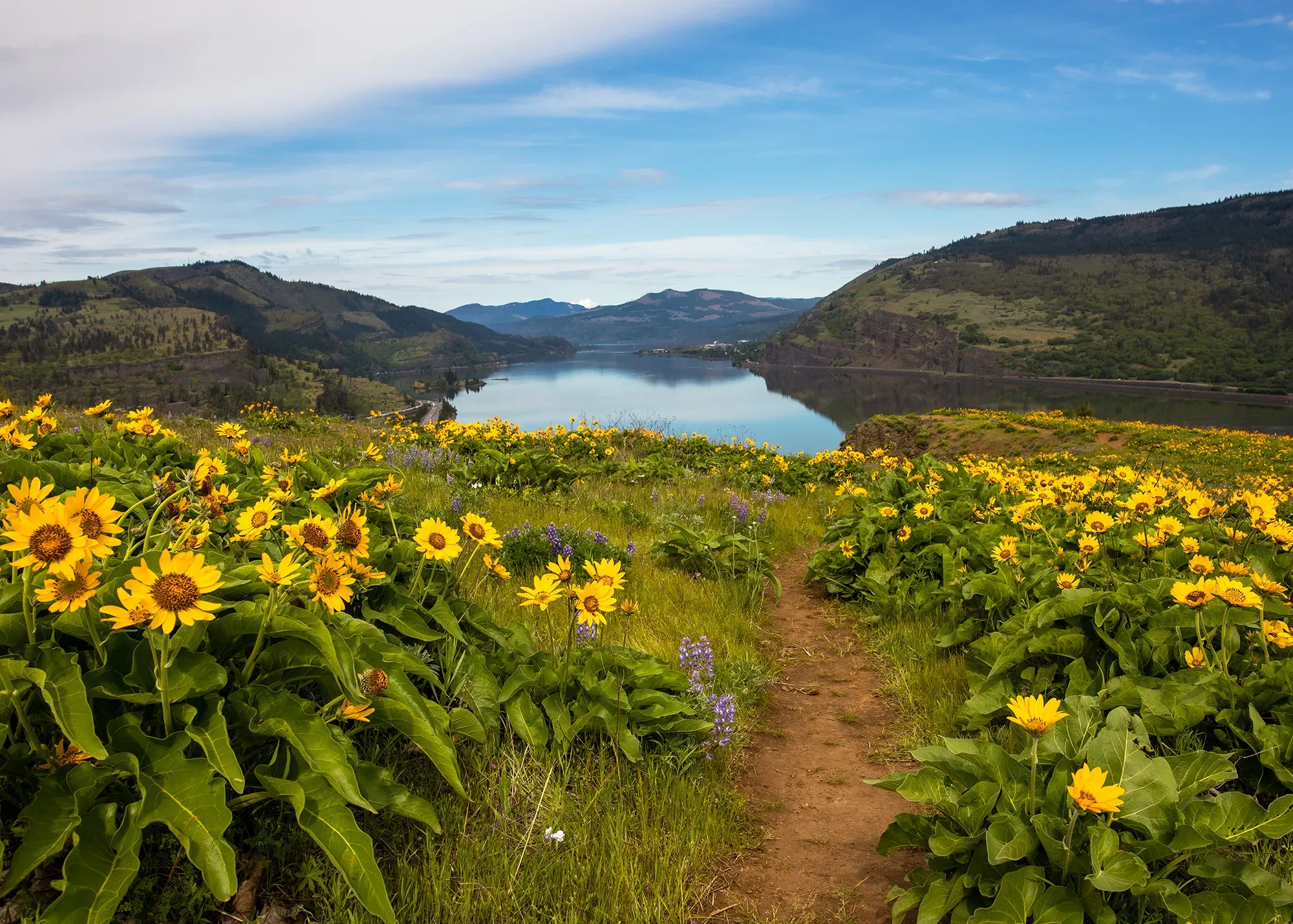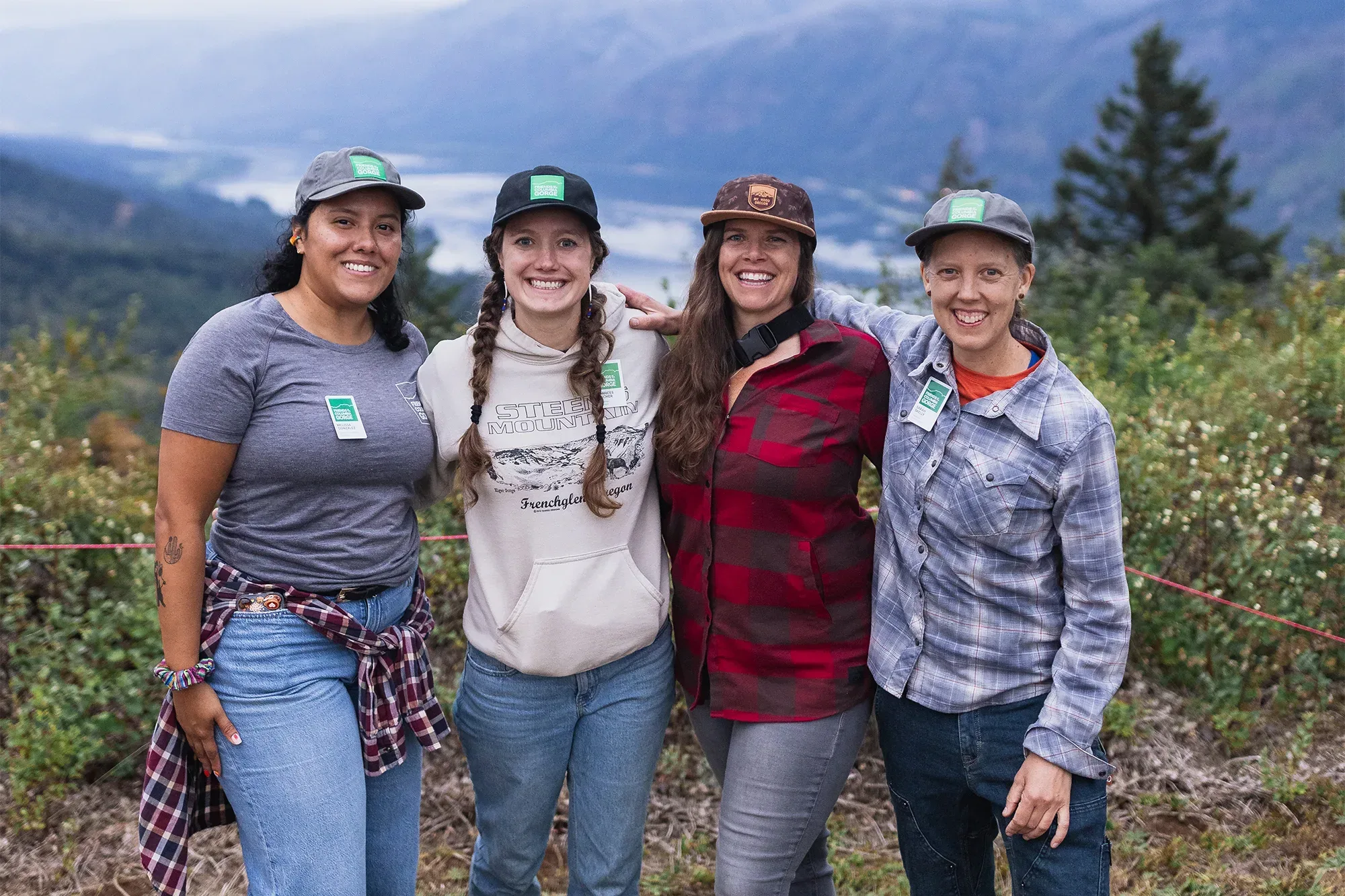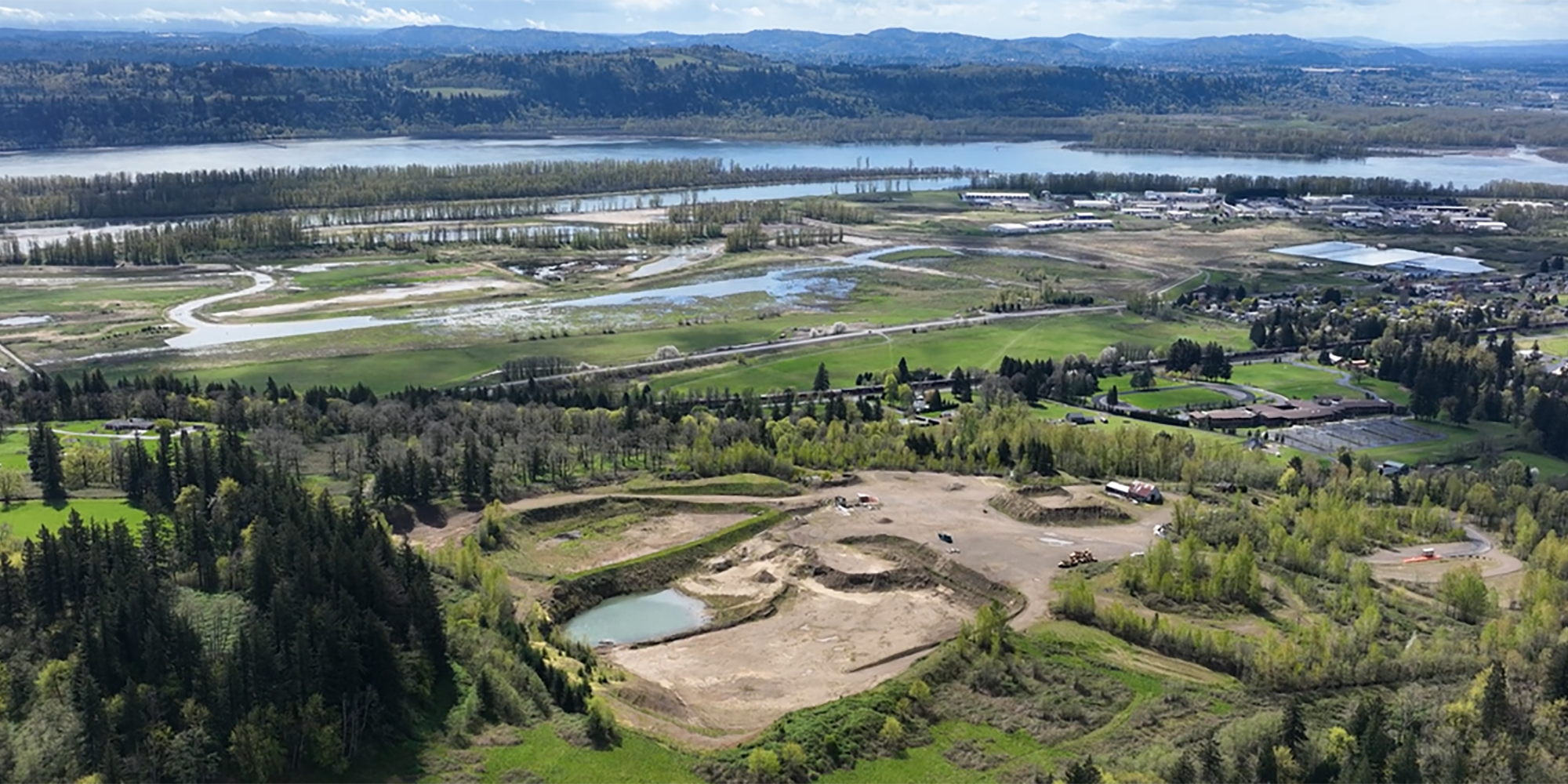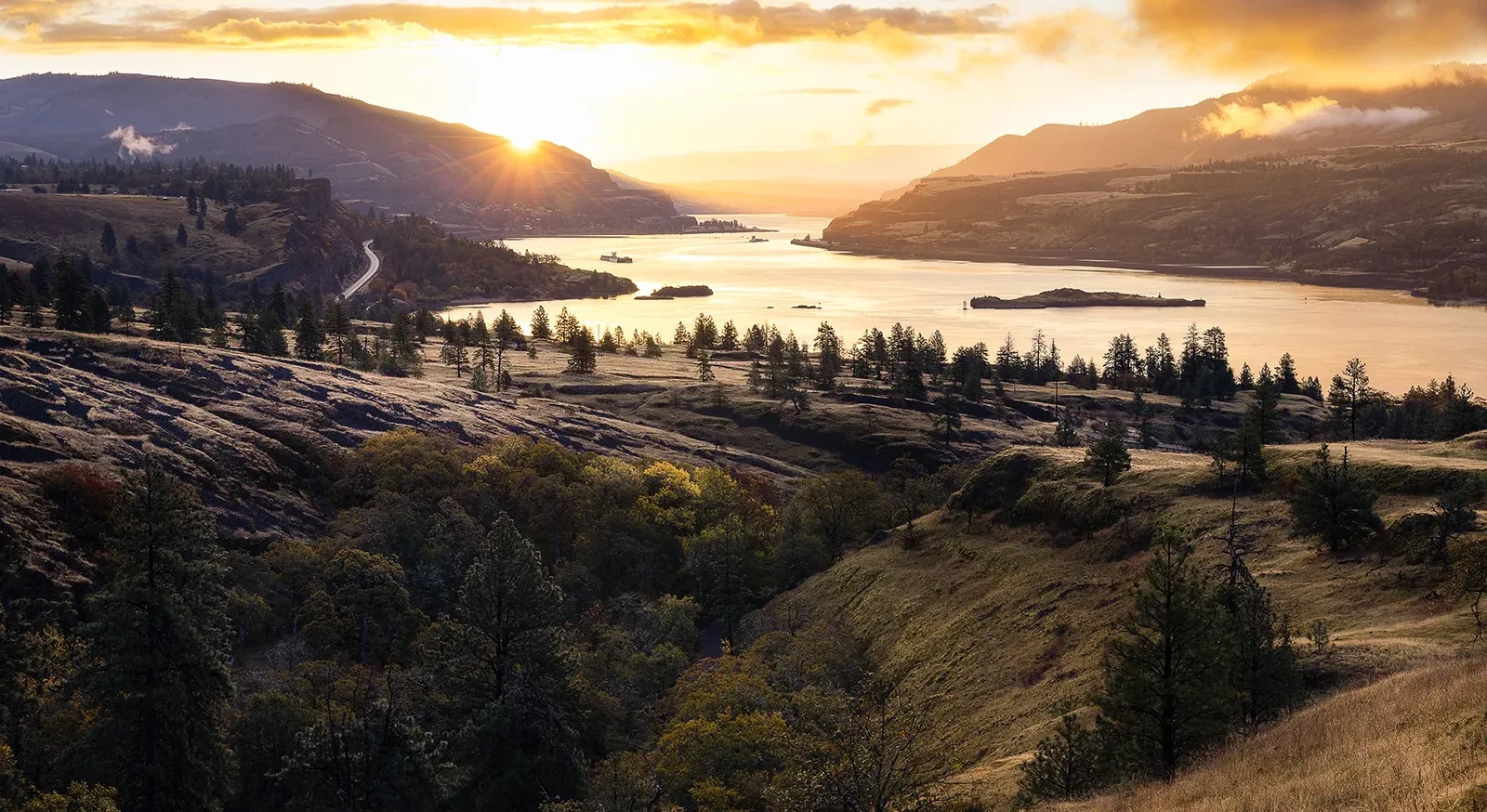Friends of the Columbia Gorge led the effort to create the Columbia River Gorge National Scenic Area over 40 years ago. We’ve been working ever since to limit irresponsible development, purchase sensitive lands for permanent preservation, and connect outdoor adventurers, students, and volunteers to the Gorge’s wonders.
Stay Connected

